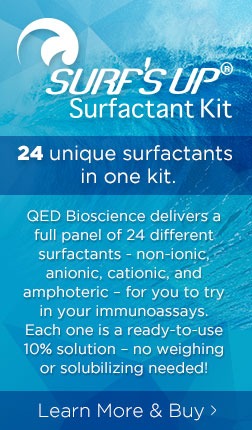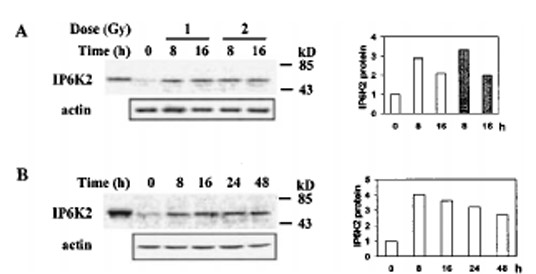Anti-MAP-1 Antibody (11009)
$376.00
SKU: 11009
Categories: Antibody Products, Apoptosis Antibodies, Products
Overview
Product Name Anti-MAP-1 Antibody (11009)
Description Anti-MAP-1 Rabbit Polyclonal Antibody
Target MAP-1
Species Reactivity Human
Applications ELISA
Host Rabbit
Clonality Polyclonal
Immunogen Synthetic peptide corresponding to aa 337-351 of human MAP-1.
Properties
Form Liquid
Concentration Lot Specific
Formulation PBS, pH 7.4.
Buffer Formulation Phosphate Buffered Saline
Buffer pH pH 7.4
Format Purified
Purification Purified by peptide immuno-affinity chromatography
Specificity Information
Specificity This antibody recognizes human MAP-1 (Modulator of Apoptosis Protein), a novel Bax-associating protein. MAP-1 mediates caspase-dependent apoptosis in mammalian cells when overexpressed. MAP-1 homodimerizes and associates with the proapoptotic Bax and the prosurvival Bcl-2 and Bcl-xL of the Bcl-2 family.
Target Name Modulator of apoptosis 1
Target ID MAP-1
Uniprot ID Q96BY2
Alternative Names MAP-1, MAP1, Paraneoplastic antigen Ma4
Gene Name MOAP1
Gene ID 64112
Accession Number NP_071434.2
Sequence Location Cytoplasm, cytosol, Mitochondrion outer membrane, Extracellular vesicle membrane
Biological Function Retrotransposon-derived protein that forms virion-like capsids (By similarity). Acts as an effector of BAX during apoptosis: enriched at outer mitochondria membrane and associates with BAX upon induction of apoptosis, facilitating BAX-dependent mitochondrial outer membrane permeabilization and apoptosis (PubMed:11060313, PubMed:16199525). Required for death receptor-dependent apoptosis (PubMed:11060313). When associated with RASSF1, promotes BAX conformational change and translocation to mitochondrial membranes in response to TNF and TNFSF10 stimulation (PubMed:15949439). Also promotes autophagy: promotes phagophore closure via association with ATG8 proteins (PubMed:33783314). Acts as an inhibitor of the NFE2L2/NRF2 pathway via interaction with SQSTM1: interaction promotes dissociation of SQSTM1 inclusion bodies that sequester KEAP1, relieving inactivation of the BCR(KEAP1) complex (PubMed:33393215). {UniProtKB:Q9ERH6, PubMed:11060313, PubMed:15949439, PubMed:16199525, PubMed:33393215, PubMed:33783314}.
Research Areas Apoptosis
Application Images


Description Effect of gamma irradiation and IFN-beta on IP6K2 protein levels.
Handling
Storage This antibody is stable for at least one (1) year at -20°C. Avoid multiple freeze-thaw cycles.
Dilution Instructions Dilute in PBS or medium which is identical to that used in the assay system.
Application Instructions Immunoblotting: use at 1:500-1:1,000 dilution. A band of approx. 39kDa is detected.
Positive control: Heart or brain tissue lysate.
These are recommended concentrations.
Enduser should determine optimal concentrations for their applications.
Positive control: Heart or brain tissue lysate.
These are recommended concentrations.
Enduser should determine optimal concentrations for their applications.
References & Data Sheet
Data Sheet  Download PDF Data Sheet
Download PDF Data Sheet
 Download PDF Data Sheet
Download PDF Data Sheet


